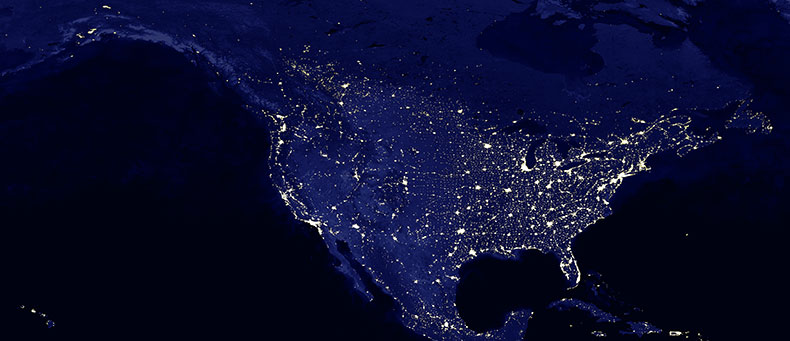We are fast approaching the one-year anniversary of Hurricane Florence, which was followed shortly thereafter by Hurricane Michael. While 951 electric meters were initially pulled following Florence, we’ve long since restored electric service to most. Eleven months after the hurricane we serve about 140 fewer meters than we did at the time of landfall. There are still active signs of recovery with many homes still in the process of being raised and renovated. We’ve also seen the trend of new housing starts that began prior to the hurricane continue although at a slightly slower pace.
Public Radio East recently interviewed several utilities, including Tideland, about electric system repairs and improvements post-Florence. The common themes were hardening infrastructure for future storm threats and grid resiliency.
Webster’s defines resilience as “the ability to bounce back, recover quickly and go back into shape or position after being stretched.”
Grid resiliency is many things:
- It’s the reliability of the electric system,
- The ability to efficiently restore power,
- The capacity to meet changing energy needs, and
- The ability to meet the demands of new technology.
A resilient electric grid begins with a well designed and maintained system built to withstand high winds, powerful storms, cybersecurity threats and other disruptions that can result in outages. That requires ongoing inspections and construction projects to stay ahead of aging infrastructure, proactive tree trimming and right-of-way maintenance, and securely managing our data and communication networks.
Grid resiliency also strives for flexibility and adaptability. While the concept of a “self-healing” grid primarily applies to transmission routes and metropolitan areas with existing redundancies that allow multiple electric delivery routes, we are striving to create more tie-lines where possible that allow us to energize a circuit via an alternate path. We continue to deploy smart grid technologies that provide real-time intelligence to help our crews pinpoint potential problems, thus reducing service interruptions and outage restoration times.
That said, electricity and water still don’t mix. Power restoration to flooded neighborhoods or structures still requires the work of local inspectors to ensure public safety. Because of their hard work, not a single structure caught fire due to power restoration following Hurricane Florence.
Ultimately, grid resiliency is how we deliver on our promise to improve the quality of life for our members. All of us at Tideland are committed to delivering on that promise and more.
Today Tideland EMC serves more than 22,000 metered services in Dare, Hyde, Beaufort, Washington, Pamlico and Craven counties.


